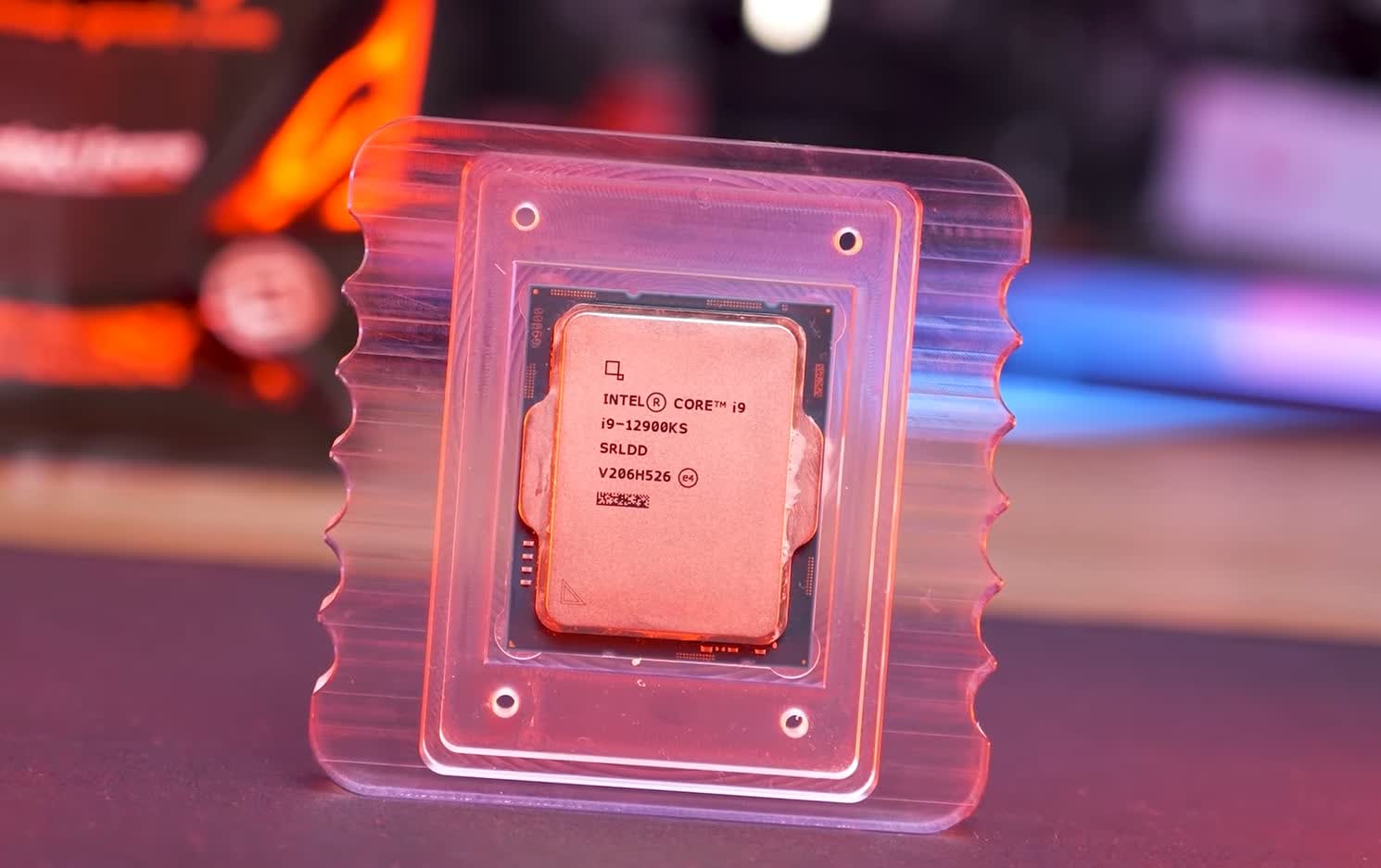


The project initially launched with zero HNT in circulation and without a pre-mine, which was intended to create a more even distribution of HNT throughout the market.

As of June 2021, there are about 90 million HNT coins in circulation, with a maximum supply of 223 million HNT. Hotspot operators earn HNT for providing coverage and transferring data on the Network. Cryptoeconomics: HNT Coins and Data Credits Hotspots earn HNT in proportion to the value they contribute to the Helium crypto ecosystem by completing PoC challenges, serving as witnesses for peers’ performance, and transferring device data, with the largest volume of HNT rewards going towards network data transfers. The more data transferred, the more rewards earned. Helium Hotspots can also earn HNT by transferring data from nearby devices over the Network. These tests are assigned randomly and automatically, and passing them earns a Hotspot operator HNT rewards. Hotspots are occasionally given tests to cryptographically prove that they are indeed providing radio coverage in a particular place and a particular time. The Helium Network’s implementation of mining is carried out by means of radio wave technology rather than traditional mining rigs like GPUs or ASICs, making Hotspots much less energy-intensive than their traditional counterparts. Participants deploy Hotspots to participate in building the Network and earn Helium mining rewards through a novel incentive model powered by the Helium blockchain. Proof of Coverage is built on top of the Helium Consensus Protocol, which incorporates the HoneyBadgerBFT multi-party computation consensus protocol. The Helium Network uses Proof of Coverage (PoC), a novel work algorithm that rewards users for verifying coverage, thus proving location and network connectivity. To start using the Helium Network, a user simply has to choose any LoRaWAN-compatible sensor, and onboard their devices using the Helium Console. The Helium crypto protocol also does not come saddled with the accompanying restrictions and fees that a cellular provider might impose - like data caps or overage charges - and doesn’t require users to purchase additional hardware like a SIM card. Users only pay based on actual data usage. Why would someone want to use the Helium Network versus their traditional internet provider? As an inherently decentralized network, Helium is fully encrypted and provides a high degree of security and ubiquitous internet access at a fraction of the cost of traditional cellular data. Demand for Hotspots has been remarkably high, paralleling the rapid global growth of the Helium crypto community and the ecosystem of developers building applications to utilize the Network. Only 50-100 Hotspots are needed to provide coverage for an entire city.Ī variety of Helium Hotspots are available through third-party manufacturers that have been approved by the Helium Community. Hotspots also act as miners on the Helium blockchain, incentivizing anyone to deploy a Hotspot and earn HNT for building the network and transferring device data at a fraction of the cost compared to cellular. Hotspots are plug-and-play wireless devices that provide connectivity 200 times farther than Wi-Fi with Helium LongFi, the combination of the LoRaWAN wireless protocol and the Helium blockchain. With a growing network of Helium Hotspots around the world, developers and businesses are able to affordably connect a new class of IoT devices that would otherwise be impossible, from remote wildfire or environmental sensors to smart pet collars, scooters, and bikes being tracked across any city. In an effort to build a global, ubiquitous wireless network, individuals are incentivized to host Hotspots - nodes that simultaneously mine HNT for building and securing the Network, while providing connectivity to nearby devices. Launched in July 2019, Helium is an open-source blockchain network designed to power Internet of Things (IoT) devices with wireless connectivity.


 0 kommentar(er)
0 kommentar(er)
